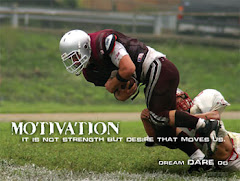
Monroe's motivated sequence is a technique for organizing persuasive speeches that inspire people to take action. It was developed in the mid-1930s by Alan H. Monroe. It consists of five steps:
* Attention
o Get the attention of your audience using a detailed story, shocking example, dramatic statistic, quotations, etc.
* Need
o Show that the problem about which you are speaking exists, that it is significant, and that it won't go away by itself. Use statistics, examples, etc. Convince your audience that there is a need for action to be taken.
* Satisfy
o You need to solve the issue. Provide specific and viable solutions that the government or communities can implement to solve the problem.
* Visualization
o Tell the audience what will happen if the solution is implemented or does not take place. Be visual and detailed.
* Action
o Tell the audience what action they can take personally to solve the problem.
For instance, a more generalized format may be:
Monroe’s Motivation Sequence
1. Attention: Hey! Listen to me, I have a PROBLEM!
2. Need: Let me EXPLAIN the problem.
3. Satisfy: But, I have a SOLUTION!
4. Visualization: If we IMPLEMENT my solution, this is what will happen.
5. Action: You can help me in this specific way. Are YOU willing to help me?
The advantage of Motivated Sequence is that it emphasizes what the audience can do. Too often the audience feels like a situation is hopeless; Monroe's motivated sequence emphasizes the action the audience can take.
Source

No comments:
Post a Comment